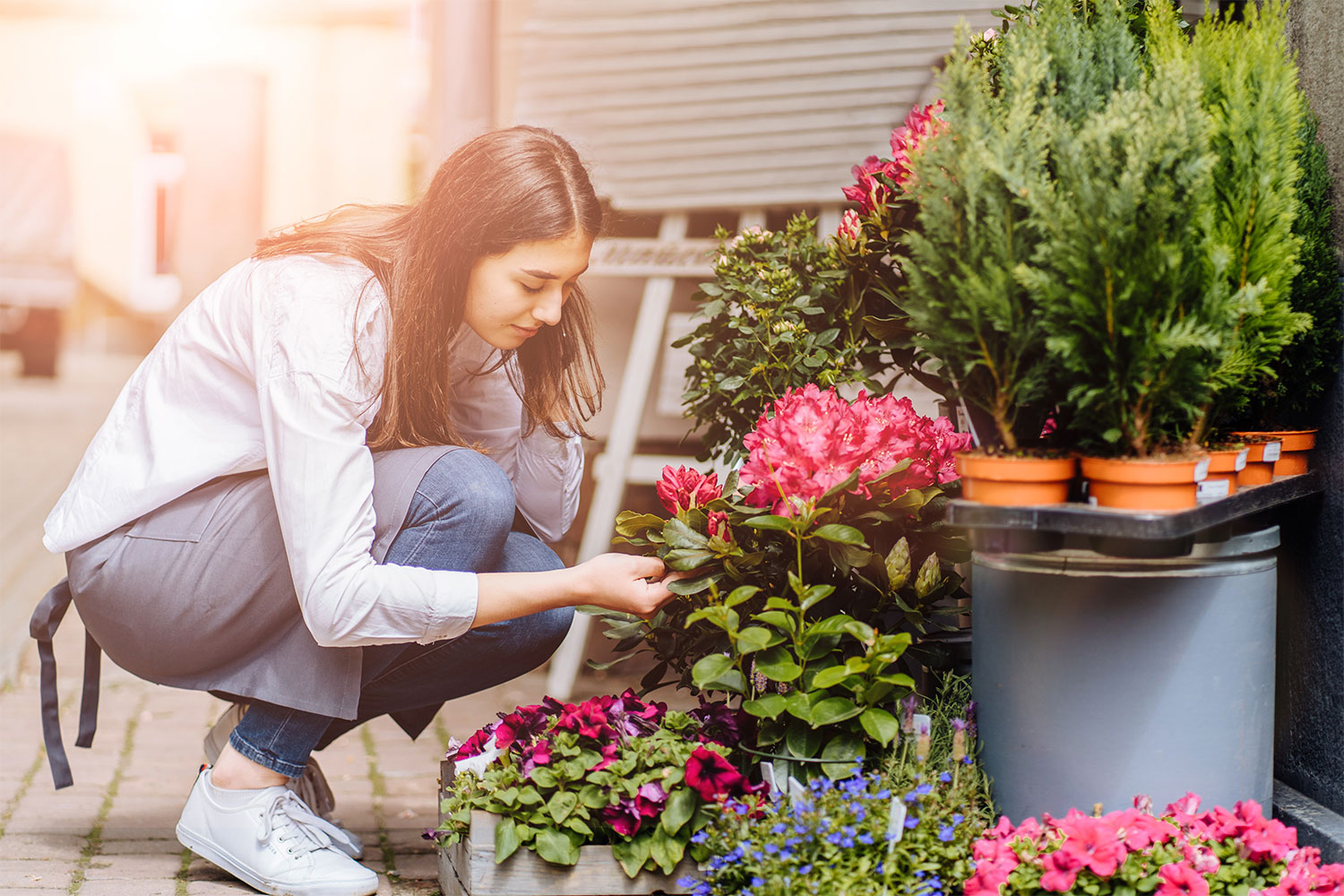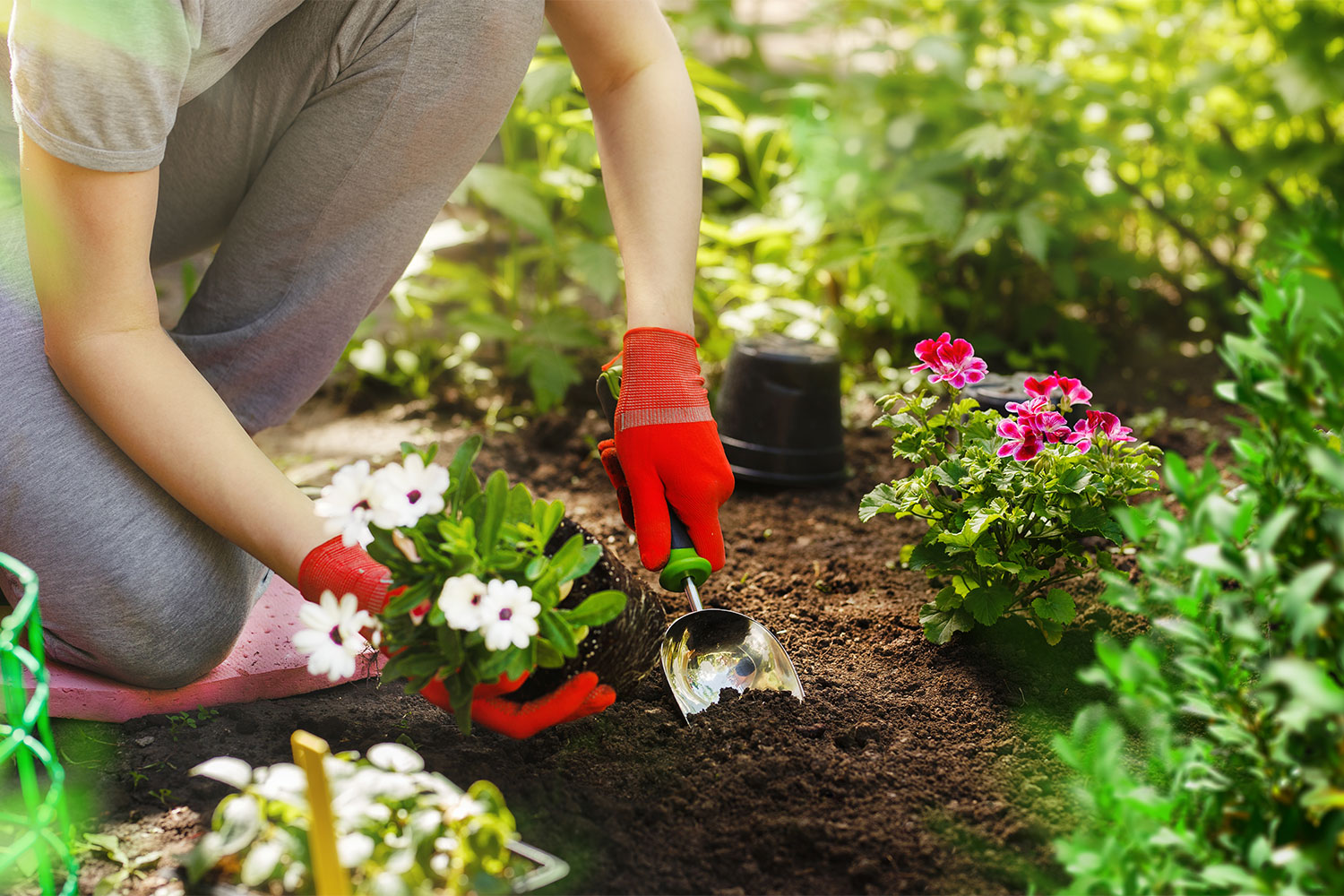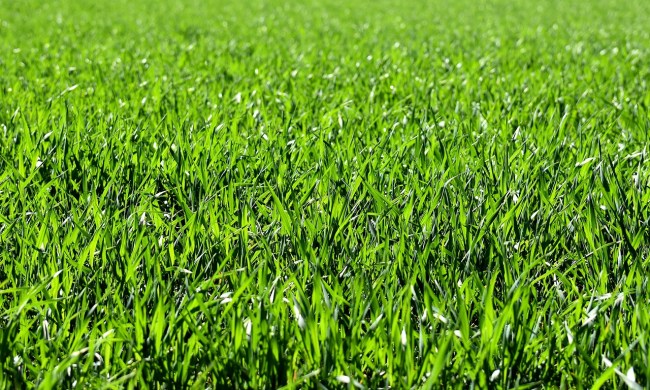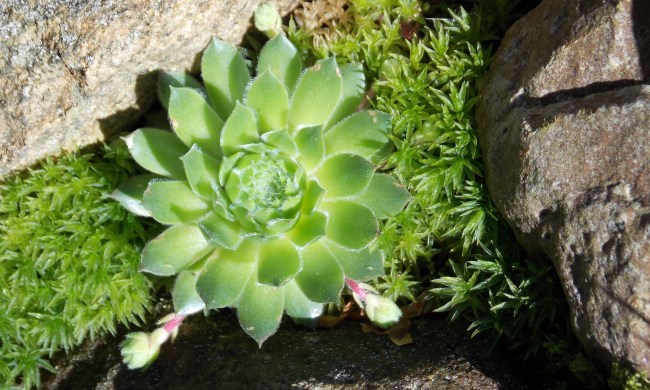Gardening can be a bit intimidating with all of the soils, plants, fertilizers, seeds, and more. So, when it comes to starting a flower garden of your own, there can be a lot to consider. Luckily, with some tips, tricks, and planning, you will be a gardening pro in no time. From lush flower gardens to intricate potted plants, you’ll have no problem growing and caring for all kinds of beautiful, lively blooms.
How do you start a flower garden for beginners?
Growing a lush, vivid flower garden right in your own backyard can be a truly rewarding experience. With all of the different options available, it is definitely a time to be creative and let your personality shine. So, if you’re ready to create a beautiful flower garden, check out these tips and methods for the best results.

- Stock up on the right tools. Having the right gardening tools can make a huge difference when you’re ready to get down in the dirt. With each one having its own purpose, these essential tools can be a game changer when it comes to gardening: Trowel, spade shovel, bow rake, hoe, hand rake, watering can or hose, and weed eater.
- Pick flowers that make sense. Although it is easy to get distracted by the stunning beauty of a certain flower, it is important to ensure that it makes sense in your garden. If there is a particular flower that is a must have, you should select that flower and then choose other flower types that will complement it and work with it. A key thing to note is that flowers planted in the same garden bed should have similar needs when it comes to sunlight, soil type, and watering patterns.
- Find the perfect spot. If you select a certain type of flowers that love full sun, full shade, or part sun, it is important to put them in an accommodating location. When finding the ideal spot you should consider exposure to sunlight, soil type, and the sightline from your windows for the best view.
- Prep the ground. Most of the time, the soil that is already existing in your yard is not the ideal soil type for your flowers. Topsoil is the best type for most flower varieties, but you can do research on your specific plant types for the best soils. To prep the ground, you can dig a deep hole outlining your garden bed. Fill the hole with a fertilizer and soil mix to create the perfect living environment for your flowers.
- Introduce your plants to their new home. Once you pick the right spot, the right flowers, and the right soil, you are ready to plant your flowers. For most perennials, you can typically plant them during any time of year, with the best times being in the fall or spring. For annual flowers, the best time to plant is late spring or early summer.
- Get the watering schedule down. Once your plants are in the ground and flourishing, it’s helpful to have a consistent watering schedule to ensure they have enough. You can either use sprinklers with timers or hand water with a hose or watering can.
- Maintain all of your hard work. After you spent so much time and energy getting your flower garden looking beautiful, it is important to maintain it. To do this, you can change out mulch, pull up weeds, and water your plants for an efficient flower garden.
What months are best to plant flowers?
Timing is everything when it comes to planting flowers. It can mean the difference between a failed crop and a flourishing one for many flower types. While some flowers are hardy and can withstand planting during any season, most do best when you stick to these general rules.
Perennial flowers that return each spring with vibrant blooms do best when planted in the spring or fall season.
Annual flowers that flourish once during the year and then die, do best when planted in warm months like late spring or early summer.
When in doubt, springtime is the most successful period of time for planting most flowers.

How long does it take to grow flowers from seeds?
Though it differs slightly based on the type of flower, most flowers take about 95 days or about three months to grow from a seed.
If you are looking for flowers that grow a bit quicker, say around two months, you can check out these options:
- Sunflowers
- Petunias
- Poppies
- Cornflowers
- Nigella
- Sweet alyssum
What are the easiest flowers to grow from seed?
While pretty much any flower can be grown from a seed and turned into a vivid, bright bloom, these top options are easy and quick to grow, making them great picks for your homegrown flower garden:
- Calendula
- Columbine
- Cosmos
- Four o’clocks
- Morning glories
- Marigolds
- Sunflowers
- Sweet alyssum
- Moss rose
As you can see, growing your own flower garden isn’t as intimidating as it may appear. You can enjoy a variety of stunning colors all spring and summer with the right tips, tricks, and methods. Staying prepared and planning ahead is always the best way to ensure a successful garden. With the right tools, soils, flowers, and locations, you’ll see that creating your own flourishing blooms is highly achievable.


